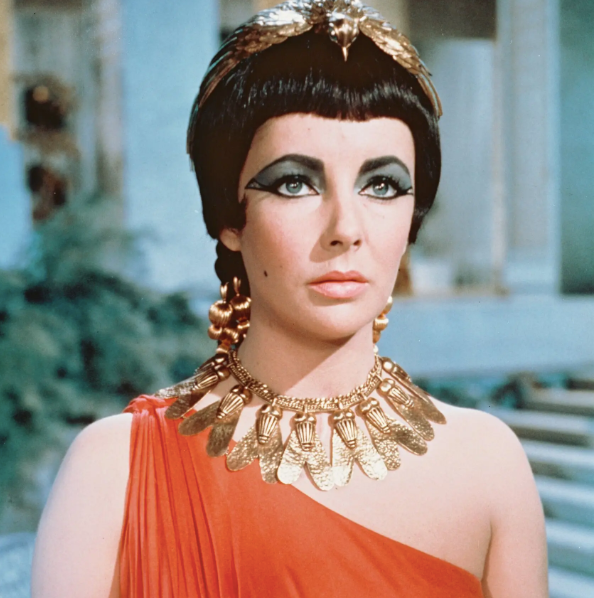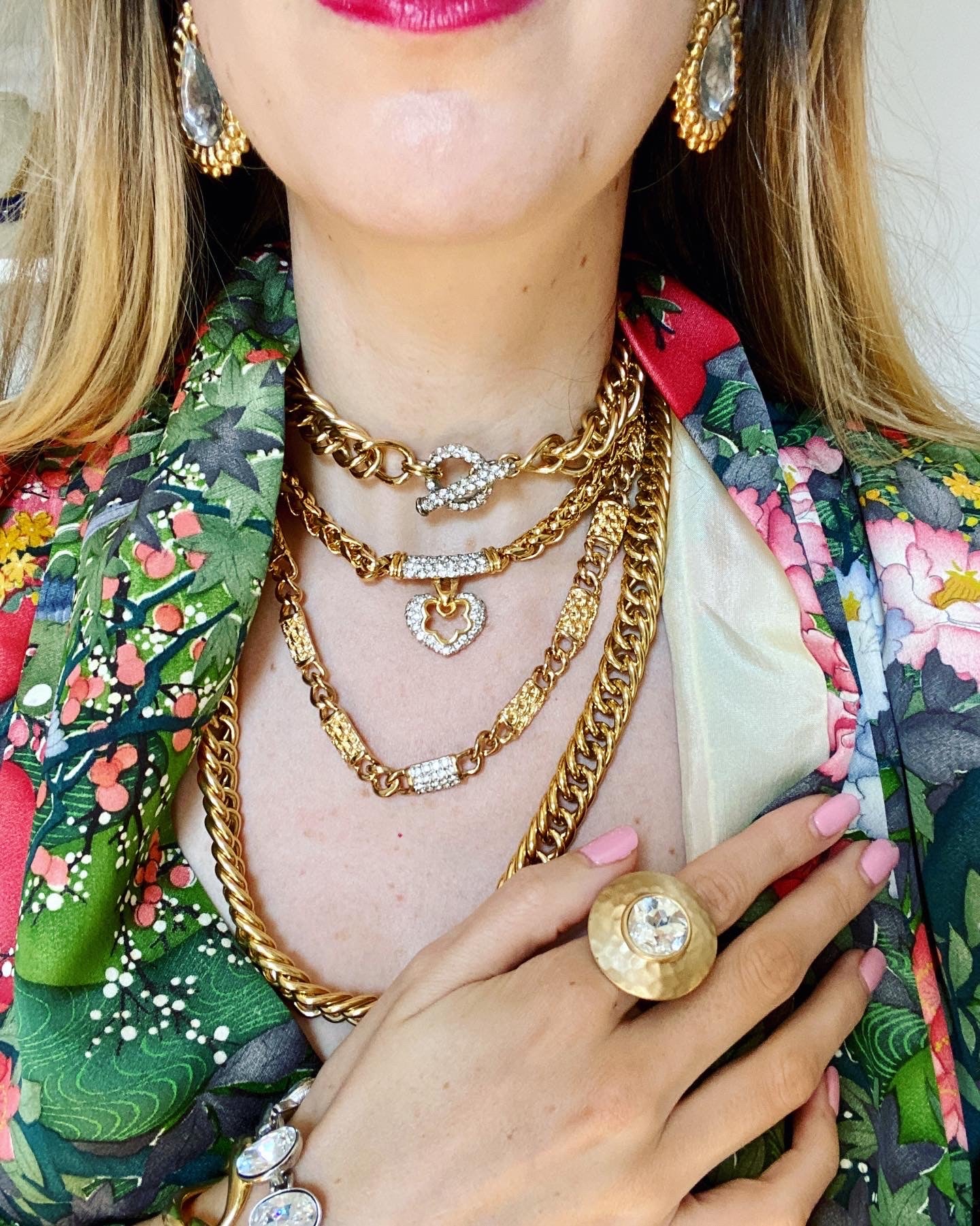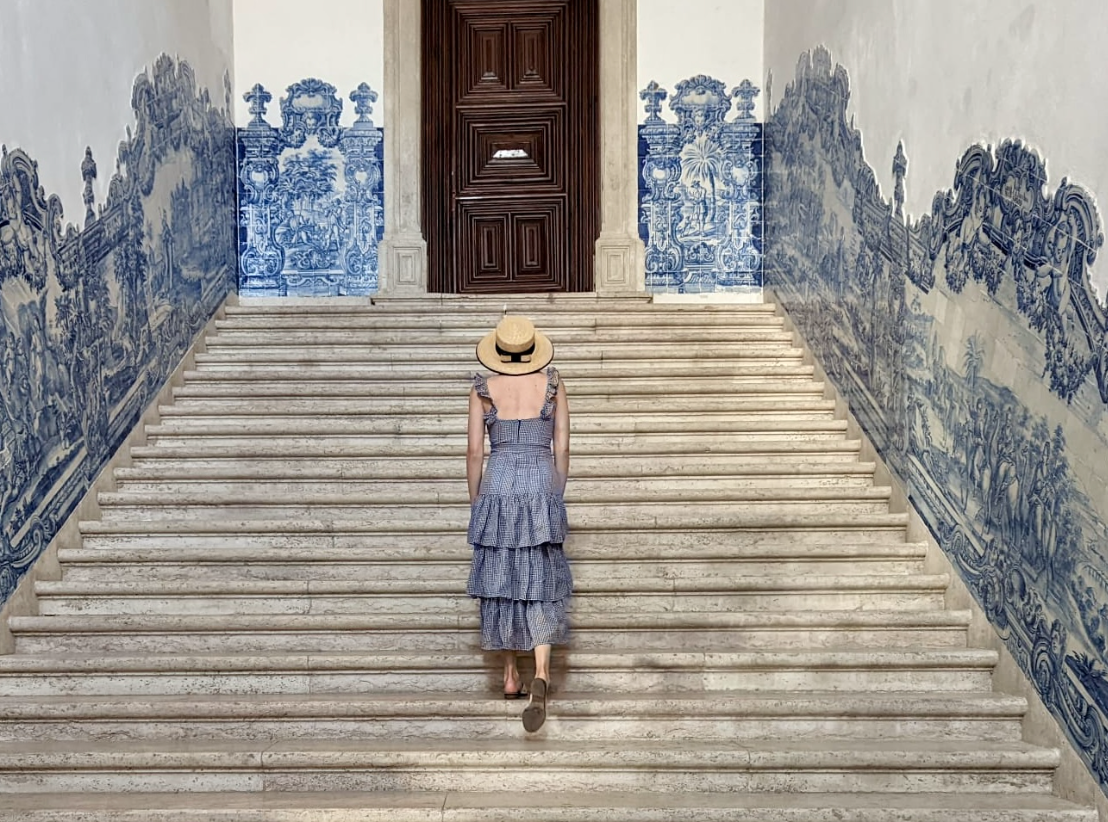
Jewelry 101 with KD: Egyptian Revival Jewelry
As I child, I had a phase where I was obsessed with everything Egypt. I exhausted my family and friends with facts that I could rattle off at the drop of a hat. Most of my facts centered on the jewelry of Ancient Egypt, which should surprise no one. Recently the New York Times wrote an article that reminded me of my passion for Egyptian artifacts and the resulting reinterpretation of the motifs known as Egyptian Revival. With the upcoming remake of Cleopatra this seems like the perfect time to talk about the style and what we can expect to see in the upcoming seasons as Egyptomania is poised to grip the jewelry industry again.

Elizabeth Taylor in Cleopatra
Image courtesy of the New York Times
The resurgence of the Egyptian Revival style is one of the best cases that fashion is cyclical. It keeps coming back, much to my delight. Many mistakenly believe Egyptomania comes from the release of Cleopatra in 1963. The truth is that it predates the film by a couple centuries. The fascination with everything Egypt predates Napoléon Bonaparte’s Battle of the Pyramids in the late 18th century. His campaign did add flames to the fire creating a furor for Egyptian everything in France and the world at large. While soldiers accompanied Bonaparte, there were also scholars with him who recorded everything they saw. Those observations were turned into engravings that would inspire countless French artisans and craftsmen.

Inside view of Tutankhamun's tomb
Eventually Egyptology became an established field of archeological study. That brought about the excavations of the pyramids. Artifacts coming out of the tombs gave jewelers even more inspiration. It is important to note that the Egyptian Revival isn’t a true revival of ancient Egyptian jewelry making methods. The style is more a reinterpretation of artifacts that were excavated in the Valley of the Kings.
Many fashion writers are predicting Egyptian Revival to be all the rage in the coming seasons with the upcoming remake of Cleopatra. I can’t begin to tell you how excited I am about this! I live for a fab bib necklace, or a statement cuff. The style is more than just necklaces and cuffs, it is the decorations that mark the style more than anything else. After all, what’s a piece of jewelry without a bit of flair?
So what can you expect to see for ornamentations of the jewelry? I am going to give you a list of a couple motifs to look out for so that you can impress your friends and identify the pieces while you are out shopping.

Egyptian Revival Scarab Bracelet
Scarab amulets were placed in the wrappings of mummies of ancient Egypt. The scarabs will be mounted in all forms of jewelry. They will also come in a wide range of materials. Tiffany & Co. used favrile glass in their pieces from the early 1900s. Favrile glass is a staple of Tiffany Studios. The glass has gorgeous iridescence that makes the pieces true works of art. Although the modern examples that will soon hit the shelves will lack craftmanship and artistry of estate pieces.

Elizabeth Taylor wearing a Bulgari serpenti watch
Just as snakes are associated with Cleopatra thanks to that asp, snakes are a common motif in this style. There are many ways the snake may appear. It could be used on cuffs, necklaces, or possibly even on watches. Bulgari created a stunning snake watch that Elizabeth Taylor wore. There are numerous photos of her wearing it, ironically on the set of Cleopatra between takes. To be fair though, Taylor was a huge fan of Bulgari, according to the NYT Richard Burton joked that, “I introduced Liz to beer, she introduced me to Bulgari.” Clearly, Burton got the better end of that deal. So she may have not been a fan of the Egyptian Revival style as much as a connoisseur of haute joaillerie. She still looked stunning in all the pieces in the film though.
Palm fronds were popular in Egyptian reliefs so of course artisans replicated them in their masterpieces. They can pop up anywhere on a piece of jewelry. My favorite that I have seen is when they are used as prongs to hold a stone in place.

Egyptian Revival Antique Tiara with a Lotus flower motif
The lotus has a lot of significance to Ancient Egypt and it is a motif that was carried over to Egyptian Revival. Lotus flowers can be engraved onto pieces, cast into bands of rings, and created with enamel or inlaid stones. The lotus design is one of the reasons I associate the style with Art Deco. Not only was there a resurgence of the style in the 1920s due to Carter’s discovery of Tutankhamun’s tomb, but the lotus goes well with Art Deco’s geometric motifs.
Color

Unsigned Les Benard Egyptian Revival Bib Necklace
There is no lack of color when it comes to these pieces. There are beautiful blues, greens, reds, ivory, and of course gold. It is a rainbow of colors to entice you to put a ring on every one of your fingers. I can’t help but be overjoyed with all the colors, they make great additions to everyday looks as well as cocktail attire.
It is easy to make the case that estate and vintage Egyptian Revival jewelry would be a better investment than the shoddy pieces that are sure to be mass produced for the most part. These modern examples will not have the craftsmanship nor the artistry of estate pieces. It is better to invest in a durable piece that has stood the test of time and will continue to do so. Plus with the never ending obsession with the style ensures that it is a classic motif that is a must add to your growing collection that will give you many years of wear.
Until Next Time,
Stay Gorg!



Leave a comment
This site is protected by hCaptcha and the hCaptcha Privacy Policy and Terms of Service apply.